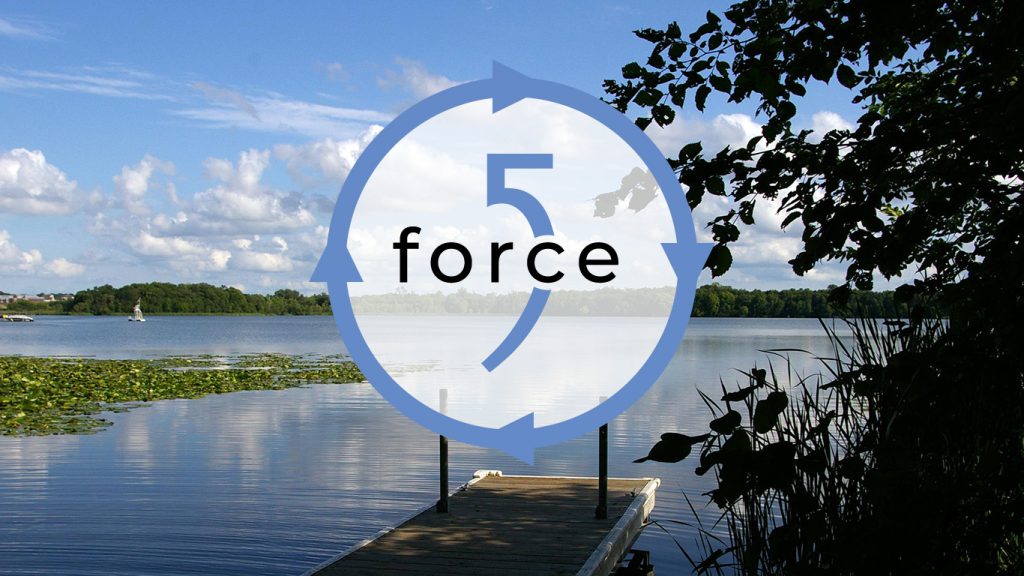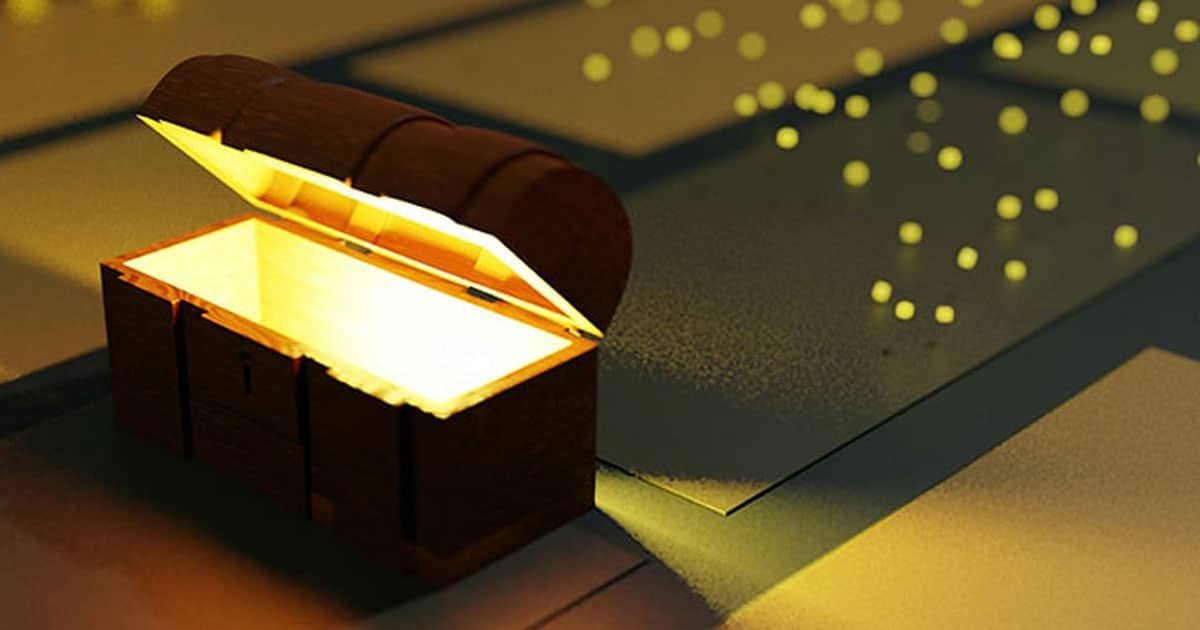When we think about sustainability, there are many ways to make an impact. We could take less from the environment or reduce our dependence on non-renewable resources. But that’s only half of the opportunity. The other important part of sustainable practice is to ensure that the resources we do use aren’t simply waste products after we are finished with them. That concept is circularity, a critical part of building greener businesses.

What Is Circularity?
The core philosophy of circularity comes from observing the natural world itself. For example, water never truly “finishes” its process. It transforms into multiple forms, forever, so that it is never lost or gained. The system stays in balance.
When businesses become circular, then, it means they plan not just for the production of something but for how it will be reincorporated into the supply chain after it has filled its role. It can also mean that for everything that is taken, something is returned; again, the system stays in balance.
Want an example? Next week, the Circularity 22 event will take place in Atlanta, put on by Greenbiz.com. Force 5 President Deb DeFreeuw will be there hearing from leaders building circular practices in every industry. But the event organizers themselves gave us a practical example of assessing circularity and taking action. Talk about walking the talk!
Before the event, every participant received a survey asking them where they were traveling from and how (plane, car, etc.). They gathered this data to calculate the total carbon footprint for the Circularity 22 event. Carbon footprint calculates the amount of carbon released into the atmosphere based on energy consumed.
The organizers wanted to know what their carbon footprint was so that they could take action to neutralize this impact. There are many ways to balance carbon consumption in the system, including planting trees, funding sustainable energy, and more.
What Can I Do?
If you want to assess your own carbon footprint, the EPA offers a household carbon footprint calculator on its website. You not only see your current carbon consumption but also calculate how it would change if you take some recommended actions.
We look forward to learning more at Circularity 22 about how every business can build sustainability and circularity into its Brand Soul. If you are going to Atlanta and want to connect with us there, please let us know!



